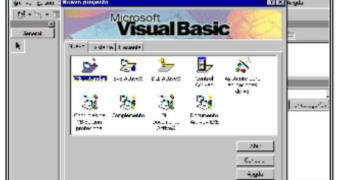

The setup of CUDA development tools on a system running the appropriate version of Windows consists of a few simple steps: Installing CUDA Development Tools īasic instructions can be found in the Quick Start Guide. You do not need previous experience with CUDA or experience with parallel computation. This document is intended for readers familiar with Microsoft Windows operating systems and the Microsoft Visual Studio environment. Support for running x86 32-bit applications on x86_64 Windows is limited to use with: * Support for Visual Studio 2015 is deprecated in release 11.1. Visual Studio 2017 15.x (RTW and all updates)


Ada will be the last architecture with driver support for 32-bit applications. Hopper does not support 32-bit applications. CUDA Driver will continue to support running existing 32-bit applications on existing GPUs except Hopper. Use the CUDA Toolkit from earlier releases for 32-bit compilation. Windows Operating System Support in CUDA 12.1 ģ2-bit compilation native and cross-compilation is removed from CUDA 12.0 and later Toolkit. The next two tables list the currently supported Windows operating systems and compilers. To use CUDA on your system, you will need the following installed:Ī supported version of Microsoft Visual Studio This guide will show you how to install and check the correct operation of the CUDA development tools. The on-chip shared memory allows parallel tasks running on these cores to share data without sending it over the system memory bus. These cores have shared resources including a register file and a shared memory. This configuration also allows simultaneous computation on the CPU and GPU without contention for memory resources.ĬUDA-capable GPUs have hundreds of cores that can collectively run thousands of computing threads. The CPU and GPU are treated as separate devices that have their own memory spaces. As such, CUDA can be incrementally applied to existing applications. Serial portions of applications are run on the CPU, and parallel portions are offloaded to the GPU. Support heterogeneous computation where applications use both the CPU and GPU. With CUDA C/C++, programmers can focus on the task of parallelization of the algorithms rather than spending time on their implementation. Provide a small set of extensions to standard programming languages, like C, that enable a straightforward implementation of parallel algorithms. It enables dramatic increases in computing performance by harnessing the power of the graphics processing unit (GPU).ĬUDA was developed with several design goals in mind: Introduction ĬUDA ® is a parallel computing platform and programming model invented by NVIDIA.

The installation instructions for the CUDA Toolkit on MS-Windows systems. CUDA Installation Guide for Microsoft Windows


 0 kommentar(er)
0 kommentar(er)
